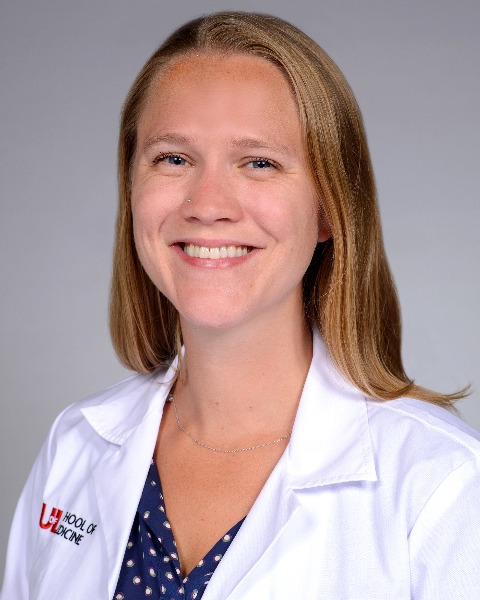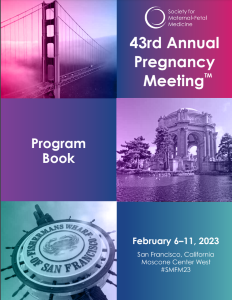Category: Public Health/Global Health
Poster Session III
(720) Mapping Gestational Diabetes in the Louisville Metro Area
Gestational diabetes mellitus (GDM) is the most common complication of pregnancy and can lead to significant maternal and fetal morbidity. Treating GDM requires a multimodal approach including but not limited to: diet, exercise and medication. Access to healthy food, places to exercise, and medication can be limited for many patients. Our aim was to determine how socioeconomic factors impact GDM control.
Study Design:
Retrospective chart review of pregnant patients diagnosed with GDM who delivered at our university hospital from 2019 –2022. Patients were separated based on compliance with treatment defined per American College of Obstetrics and Gynecology (ACOG) guidelines. Using Geographic information system mapping software, we evaluated the distribution of treated versus untreated or undertreated gestational diabetes in the Louisville metro area. Using data from the United States Census Bureau we utilized patients zip codes to define distribution race, housing cost, education level, average income and poverty rate. Utilizing the US Department of Agriculture Food Access Research Atlas we mapped food store (supercenters, supermarkets, grocery stores) accessibility to determine level of access in our patient population.
Results:
Patients with untreated or undertreated GDM live in zip codes with: higher percent of persons in poverty, median household income between $54,929-$70,951, and had an average of 3.4 persons living in the household. Patients were more likely to live in low-income low-access census tracts. Those living in areas with the highest percent poverty were more likely to have gestational diabetes requiring medical management for glucose control, GDMA2. Patients also resided in zipcodes with limited access to food stores as well as limited vehicle access.
Conclusion:
Patients with untreated or undertreated GDM are more likely to face significant financial, social, and accessibility barriers that place their pregnancies at increased risk. Understanding the unique obstacles to care can allow providers to identify and improve resource allocation to this high-risk patient population.

Emily Root, MD (she/her/hers)
Resident
University of Louisville
Louisville, Kentucky, United States- JH
Jenci Hawthorne, MD
University of Louisville
Louisville, Kentucky, United States - VA
V. Ramsey Aldrich, BS
University of Louisville School of Medicine
Louisville, Kentucky, United States - ML
Mehgan Lazenby, DO
University of Louisville
Louisville, Kentucky, United States - EM
Edward Miller, MD
University of Louisville
Louisville, Kentucky, United States

.png)
